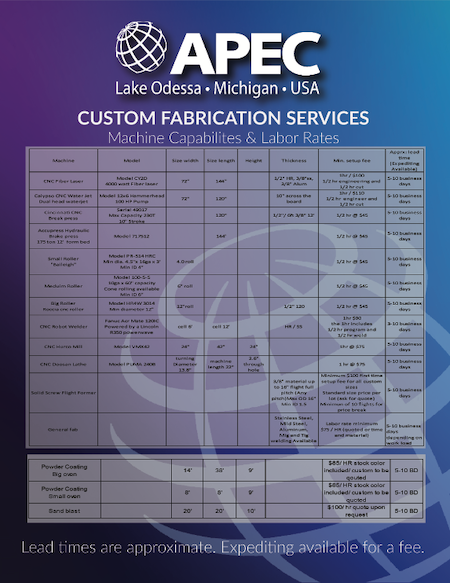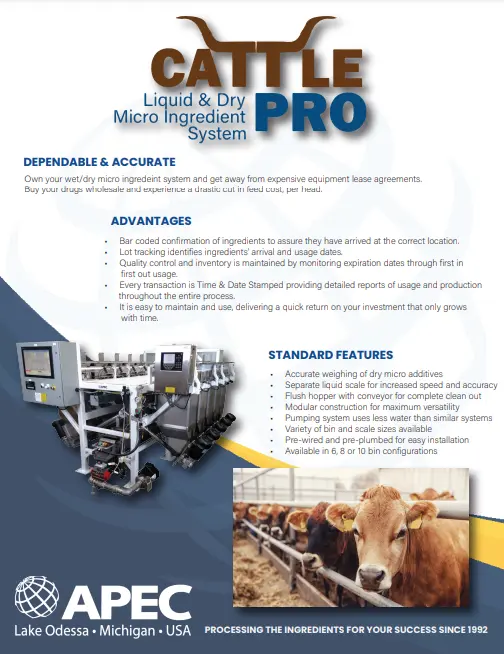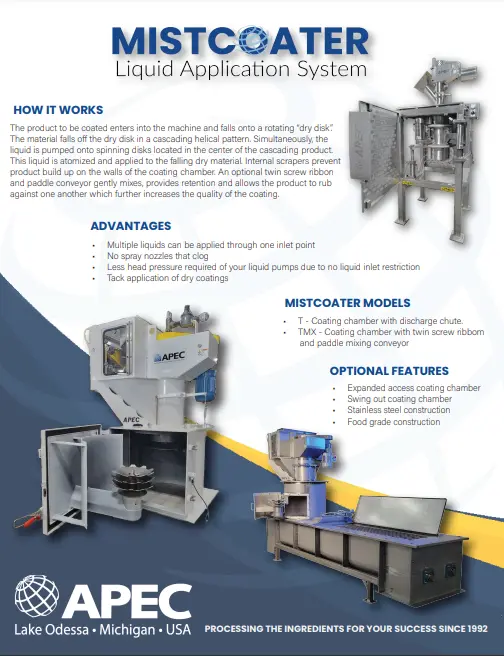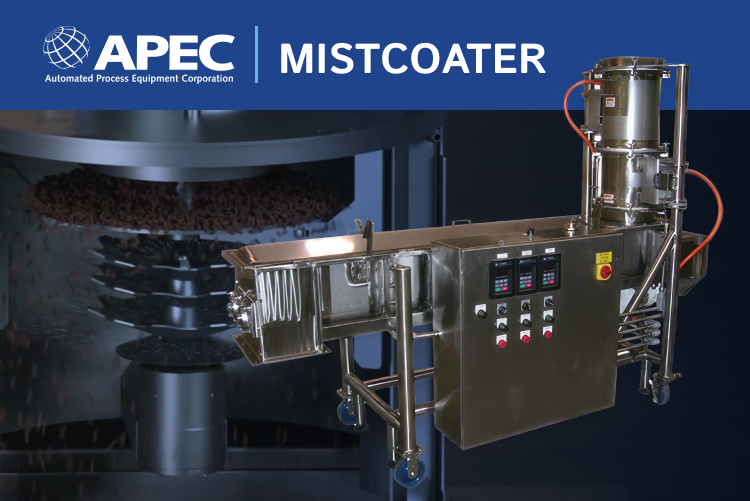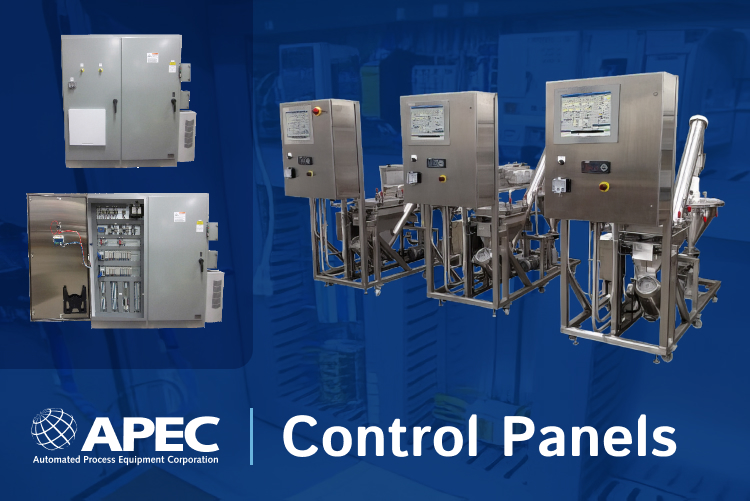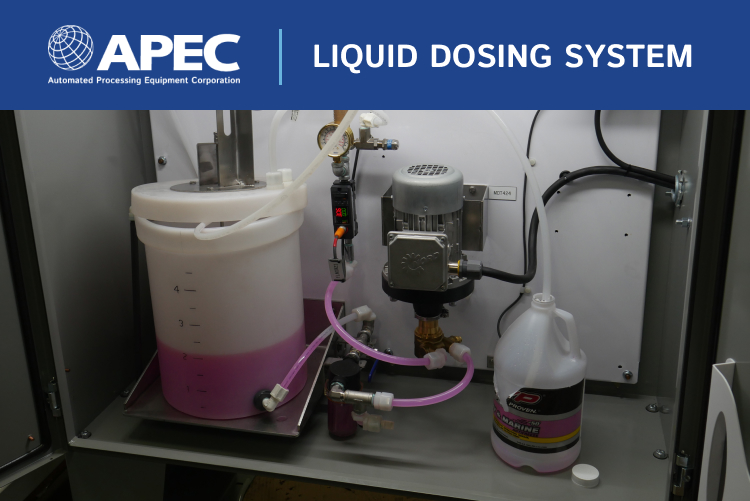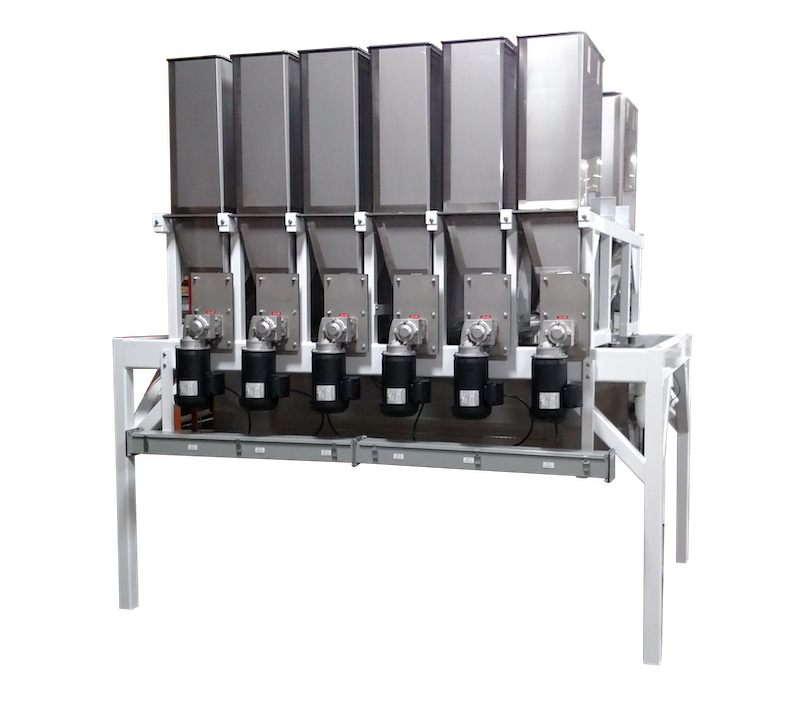
Working with powders can be a challenge. When your powder handling machinery is designed properly, you can not only improve efficiency, but also improve safety, reduce expenses, and extend equipment longevity. Getting the right equipment starts with finding the right manufacturer. When you’re looking for a powder handling machinery manufacturer, here are a few considerations.
4 Considerations for Choosing a Powder Handling Machinery Manufacturer
Experience with Your Industry
Powder handling and processing equipment spans a wide range of industries. Working with a powder handling machinery manufacturer that has experience in your industry will help to jumpstart thorough and high-quality equipment design.
Different types of powders have different flow rates and patterns, pose different hazards and risks, and often require unique equipment or precautions to work with. This may require unique dust collection systems to manage combustible dust, special conveyor systems to prevent flow problems, special weighing systems with the right level of sensitivity and accuracy, and more. Working with an experienced machinery manufacturer will help to ensure these unique aspects are taken care of.
High-Quality Materials
Different powders also work best with different materials. For example, powders for food processing work best with food-grade stainless steel. Powder handling equipment for food must also be constructed with Good Manufacturing Practices (GMP), such as proper welding techniques, sanitation requirements, hermetic sealing, and more. Or, some powders may be especially susceptible to humidity, maybe display caustic qualities, may accumulate static electricity, or other factors. Working with the right type of steel, plastic, or other construction materials, as well as experience with the right welding and construction techniques, can help to ensure that the machinery is suitable for the materials.
Weighing Instruments
Powders can present interesting challenges for weighing and measuring. Those that are prone to flushing can be difficult to measure without the right gate on the hopper or measurement device. Micro ingredient or trace ingredient powders must be measured with exact tolerances, and require careful measurement and calibration. Working with a powder handling machinery manufacturer that also has access to different types of measurement equipment and weighing instruments is also helpful.
Dust Suppression
When working with powders, dust suppression and containment are especially important. There are many different ways to contain, prevent and mitigate dust, and which you choose will depend on the types of powders you’re working with. Working with a machinery manufacturer who also has experience working with these powders and these dust suppression systems will help to improve your overall equipment design.
Some dust suppression types include
- Preventing aeration by eliminating material freefall
- Atomized mist to control larger dust particles across wider areas
- Compressed air dust collection systems around hoppers
- Conveyor skirting to reduce dust around conveyance
With the right design behind your powder handling machinery, you can prevent common problems and make sure your system is optimized for your materials and processes. Make these considerations as you look for a manufacturing partner. Ask your potential manufacturers about previous work, references, materials they are familiar with, supplies for dust suppression equipment and weighing instruments, and other specialty equipment. This way, you can be sure that your system is made for your needs and made to last.


